Benefits of Wool
Wool is the responsible choice for your home, office or school. Wool offers a family safe habitat for all of us.
Create a warmer, quieter, more breathable home with wool.
Be assured wool is the responsible choice to help protect the environment.
Wool has remarkable versatility and can achieve a wide range of beautiful colours and styles.
 PEOPLE FRIENDLY
PEOPLE FRIENDLY
 PLANET FRIENDLY
PLANET FRIENDLY
 STYLE FRIENDLY
STYLE FRIENDLY
Learn about all the amazing benefits of having wool in your habitat on our BENEFITS OF WOOL page

Commercial Tiles
The many beneficial properties of our Wools of New Zealand Contract Carpet Tile make them ideal for using in commercial spaces. Made from 100% New Zealand wool they are of interest to a wide range of organisations and commercial businesses, including the education sector, offices and retail who want to ensure that their premises are more sustainable, whilst looking after the wellbeing of their people.
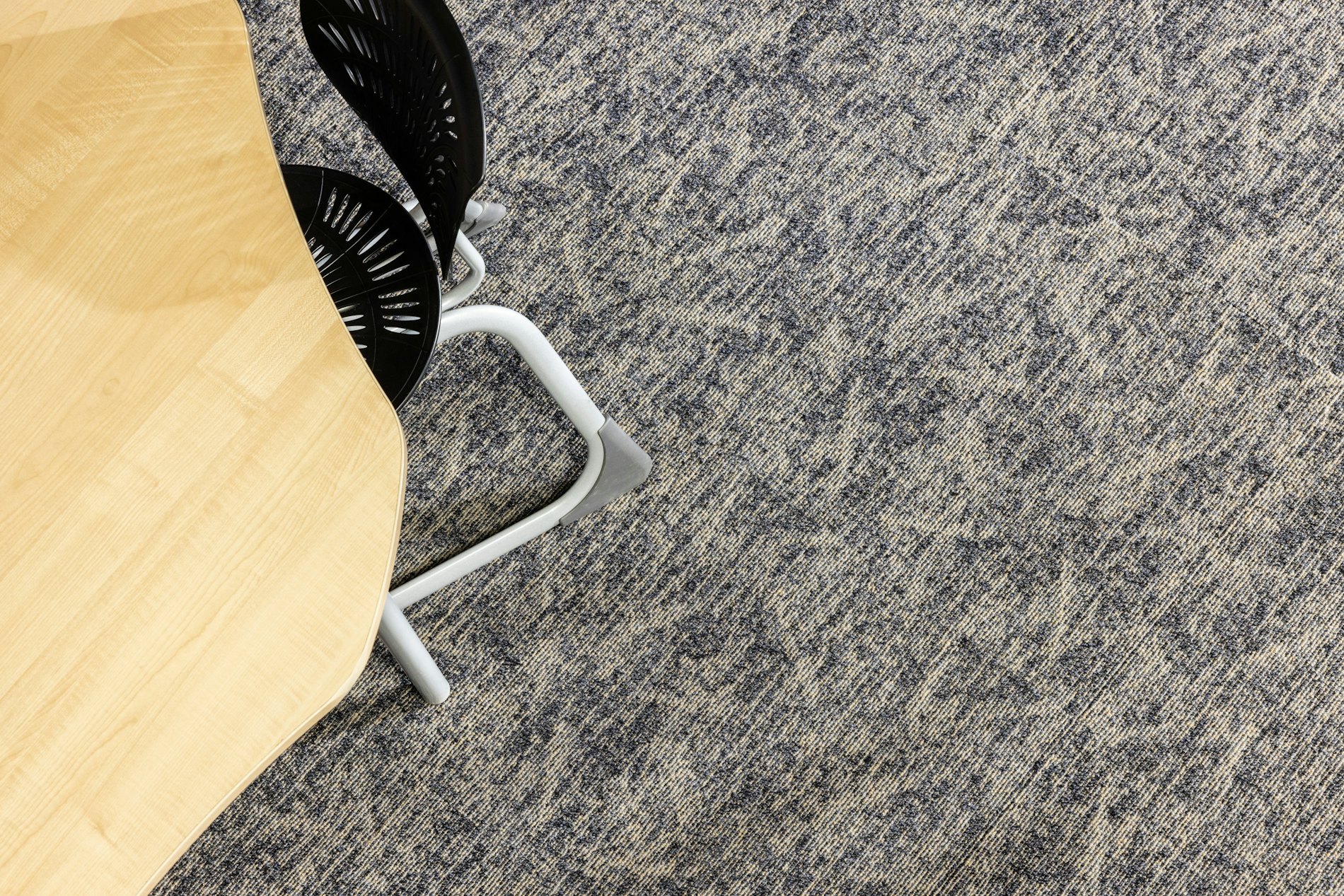
Find us in store
Find your nearest Harrisons Mobile Carpet and Flooring Experts.
Can't find what you are looking for? Contact us
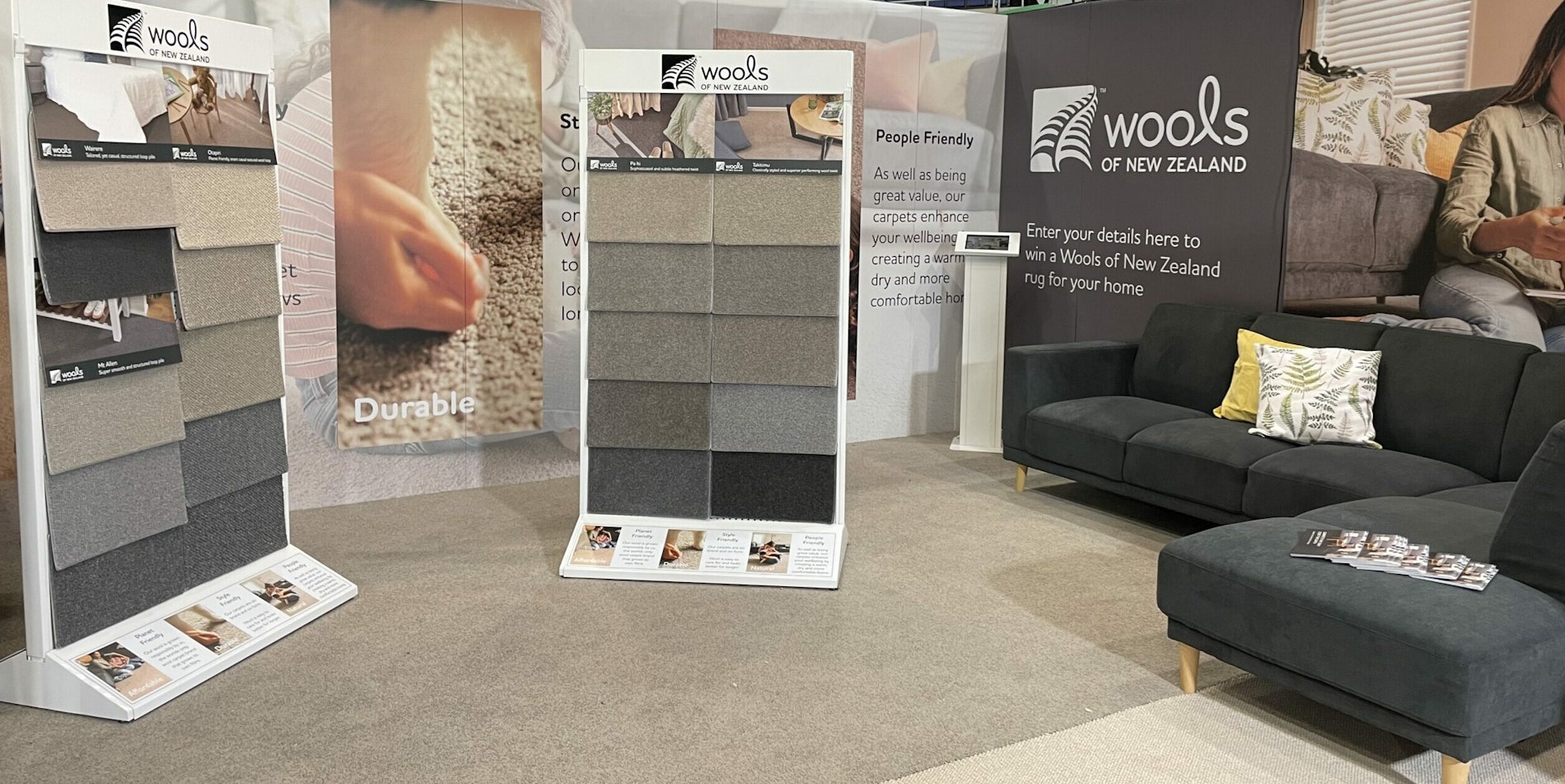
Premier Partners
Our Premier Partners are authorised to sell authentic Wools of New Zealand carpets. Our network of wool retailers are experts in flooring.




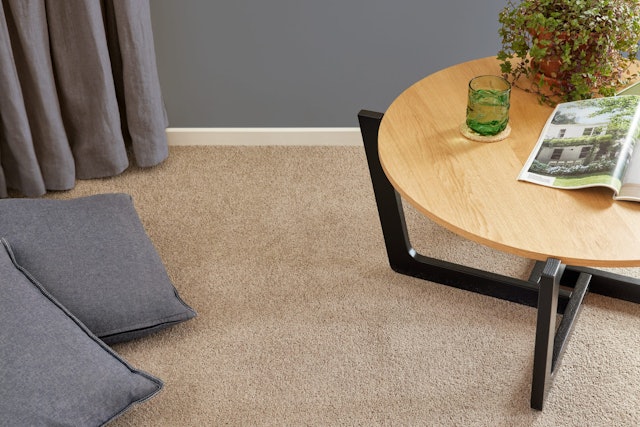
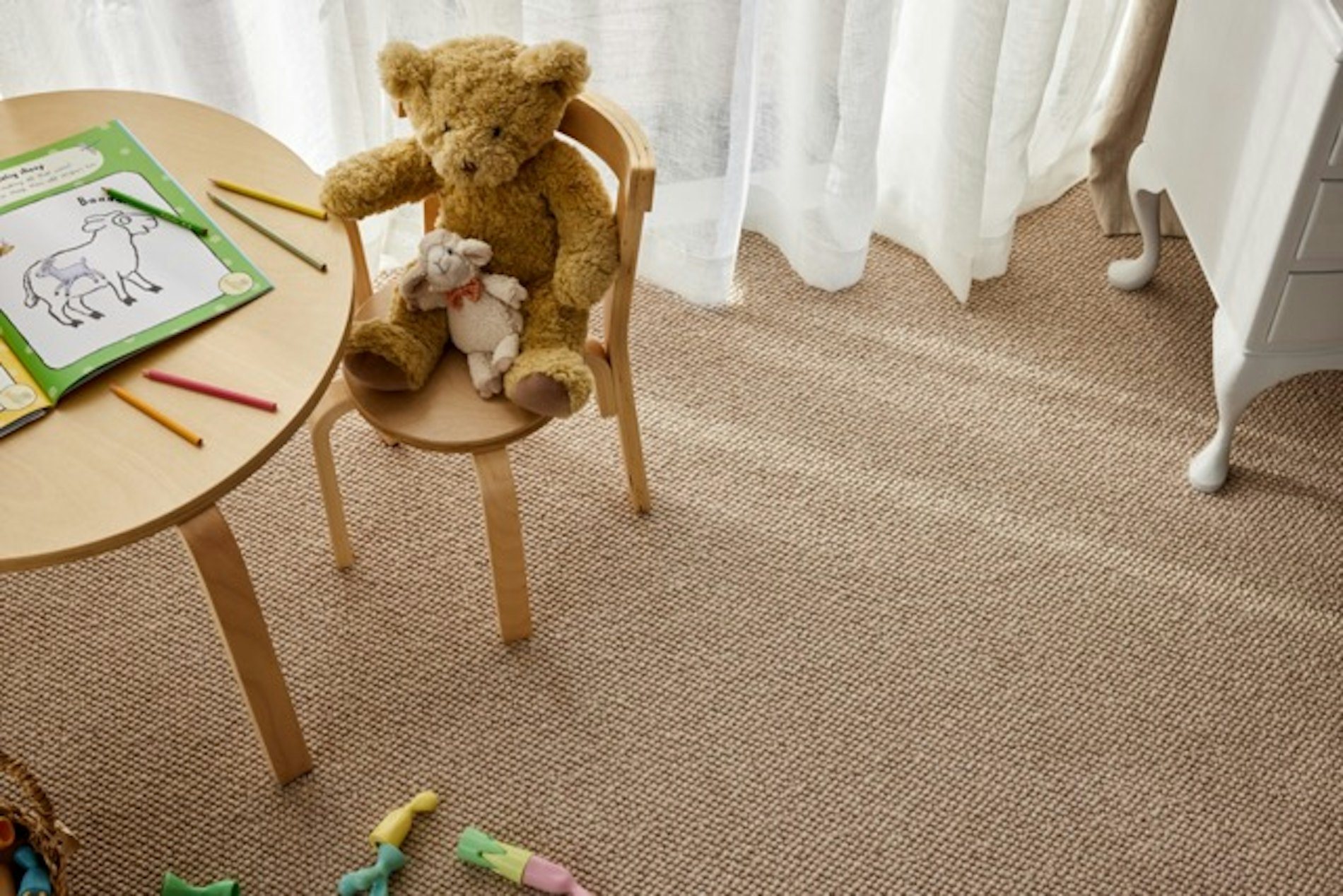
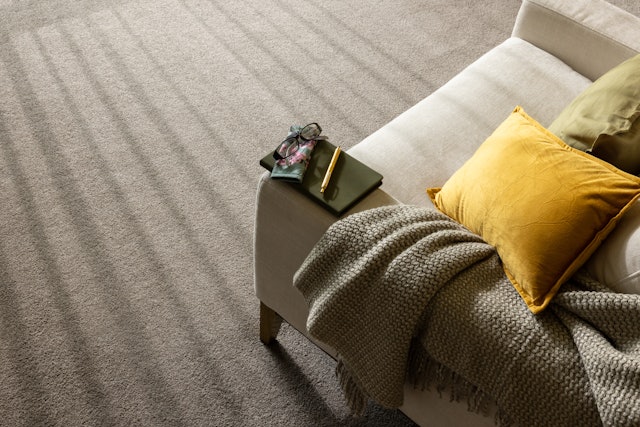
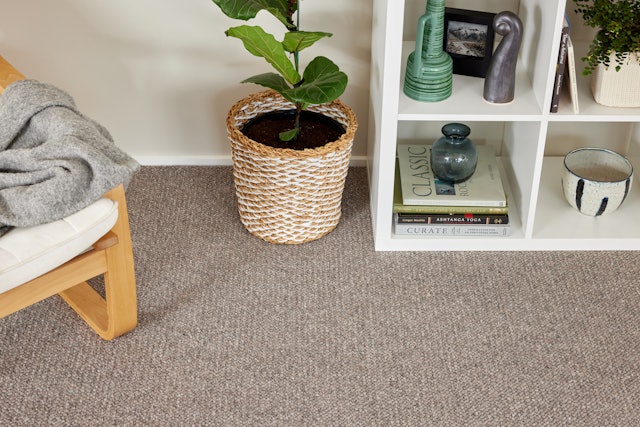
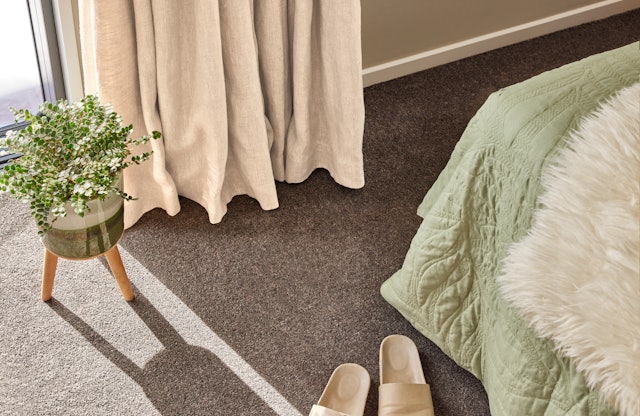

Follow us on social
Trusted by: